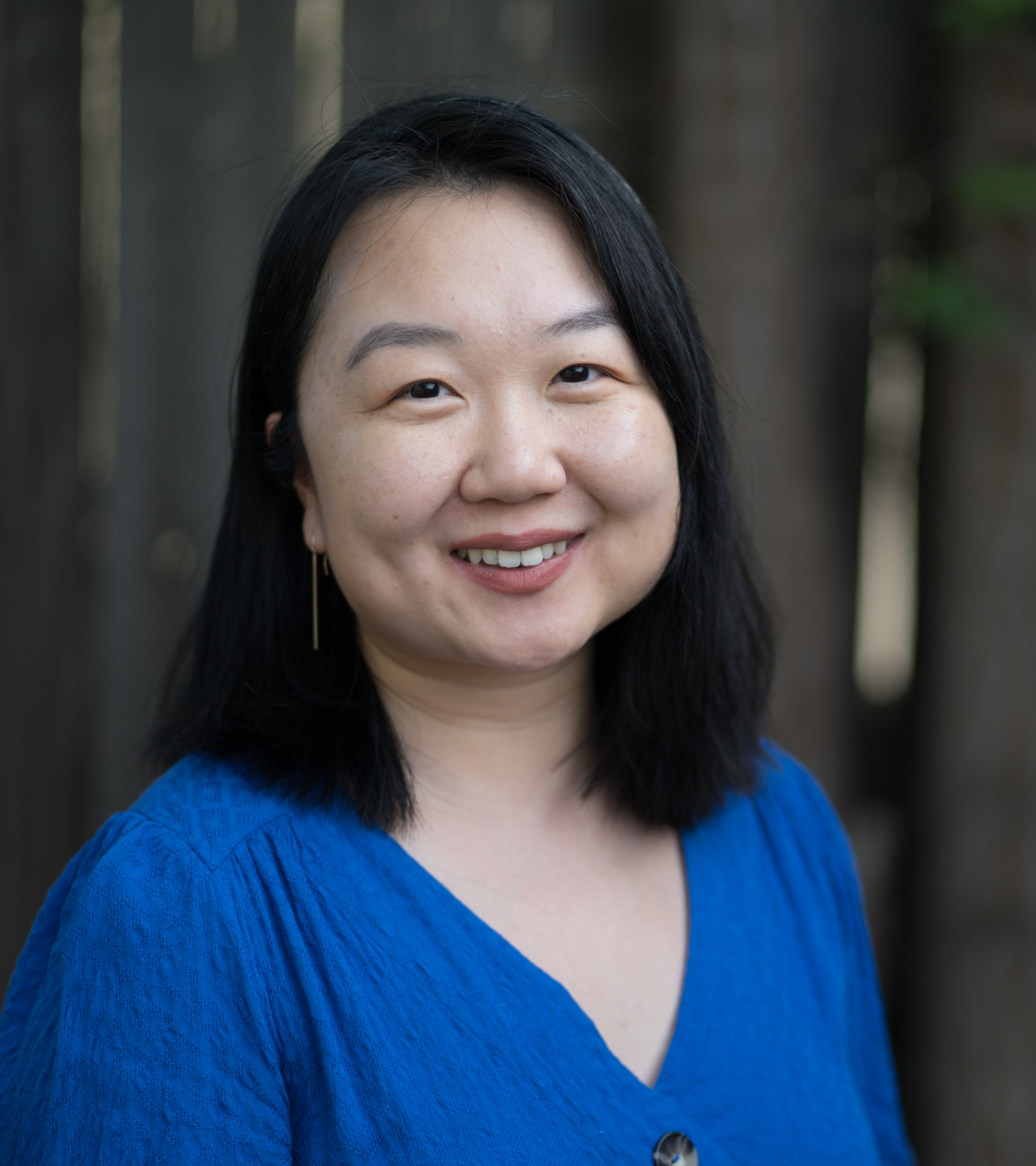About
 I am an Assistant Professor in System Dynamics at MIT Sloan School of Management and an affiliated faculty at the MIT Institute for Data, Systems, and Society. My research uses quantitative behavioral models, assisted by the analysis of data, to study collective human behavior on a broad range of organization levels, from teams to cities. Recent application areas include collective intelligence, opinion dynamics, scaling laws in cities, and regulatory costs in organizations. My research has been published in journals such as Proceedings of the National Academy of Sciences, Journal of the Royal Society Interface, and SIAM Review. My work has also been featured or quoted by major media outlets, including Forbes, The Wall Street Journal, and Bloomberg.
I am an Assistant Professor in System Dynamics at MIT Sloan School of Management and an affiliated faculty at the MIT Institute for Data, Systems, and Society. My research uses quantitative behavioral models, assisted by the analysis of data, to study collective human behavior on a broad range of organization levels, from teams to cities. Recent application areas include collective intelligence, opinion dynamics, scaling laws in cities, and regulatory costs in organizations. My research has been published in journals such as Proceedings of the National Academy of Sciences, Journal of the Royal Society Interface, and SIAM Review. My work has also been featured or quoted by major media outlets, including Forbes, The Wall Street Journal, and Bloomberg.
I teach Introduction to System Dynamics at the MIT Sloan School of Management, a graduate-level course that introduces system thinking, dynamic modeling, and simulation tools for business strategy and public policy problems.
I earned a PhD in Engineering Sciences and Applied Mathematics from Northwestern University and was previously an Omidyar Fellow at the Santa Fe Institute.
Please see my Google Scholar for an up-to-date list of publications, and Twitter for news and announcements.